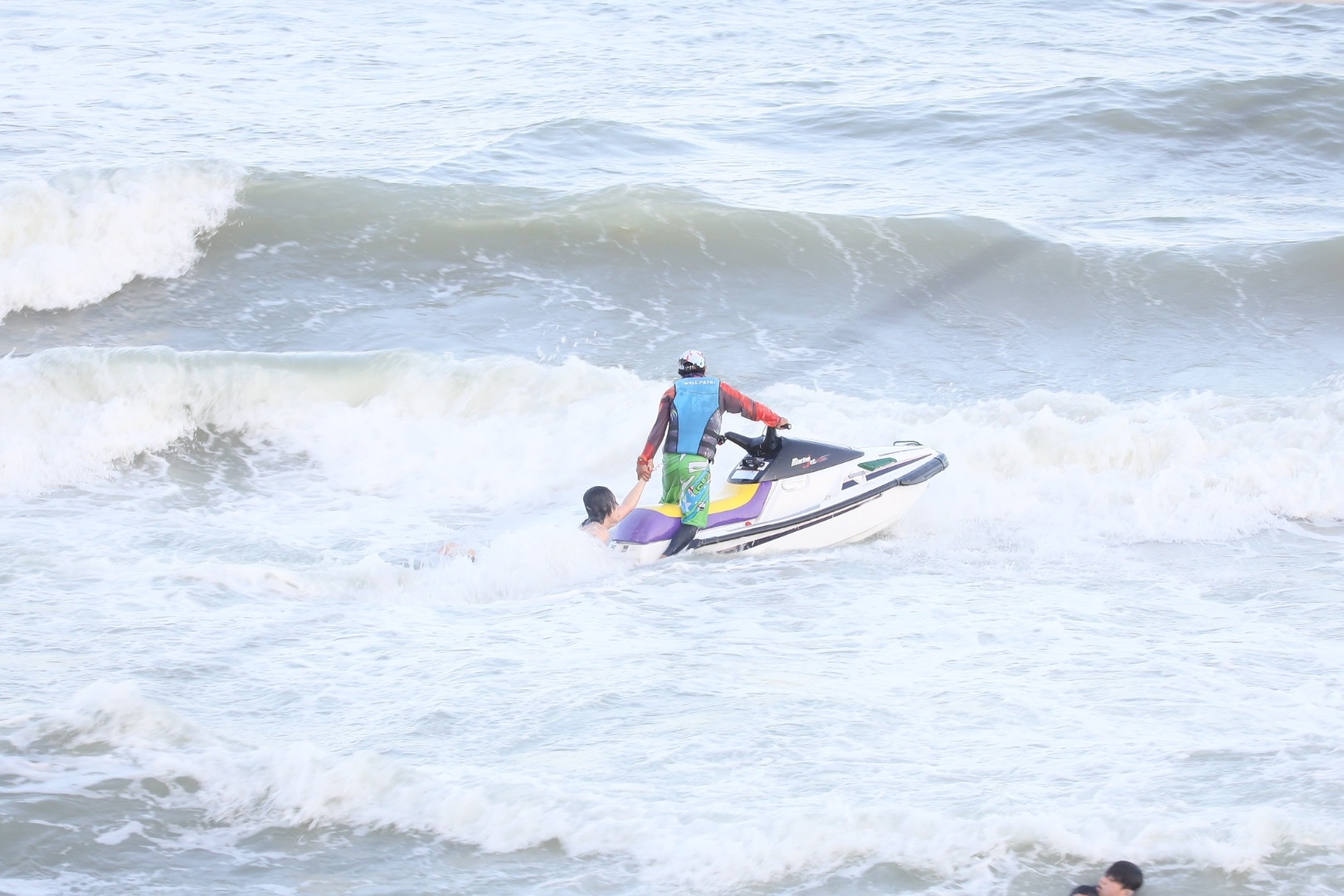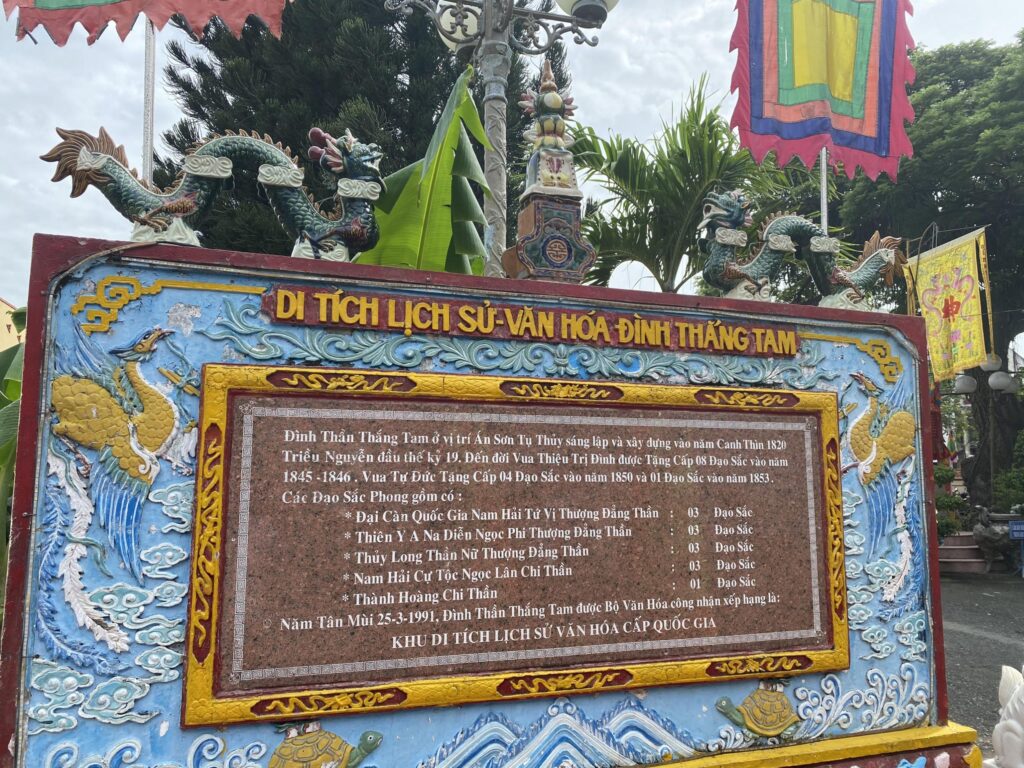Every Northeast monsoon season, the most beautiful beaches near Hồ Chí Minh City—such as Bãi Sau, Long Hải, Phước Hải, Hồ Tràm, Hồ Cốc, and Bình Châu—take on a different charm. Yet hidden beneath that beauty is a natural risk many visitors overlook: rip currents.
From December to March, strong onshore winds generate intersecting waves that shift the seabed, causing sand to form long, narrow “rip channels” close to the shore. These channels can stretch hundreds of meters, reach depths of up to 2 meters, and move unpredictably with changing currents. On the surface, the water may look calm—but just one misstep can pull swimmers into a strong, unexpected current.
Mr. Phạm Khắc Tộ, Director of the Vũng Tàu Tourism Management & Support Center, explains: “Our teams constantly patrol, observe from afar with binoculars, blow warning whistles, and deploy rescue boats in crowded areas to respond quickly when needed.” However, these measures are preventive—the most important factor is still visitors’ awareness of safety.
Safety Tips for Swimming During This Season
- Do not swim in areas marked with black flags or in deserted sections of the beach.
- If you feel the water pulling strongly or the sand dropping sharply under your feet, leave the area immediately and signal for help.
- If you are caught in a rip current, stay calm. Relax your body, let the current carry you briefly, then swim diagonally at about a 45° angle away from the flow. Once the water feels calmer, slowly head back to shore.
Despite these seasonal hazards, swimming in Vũng Tàu during the Northeast monsoon remains a wonderful experience—the sea is blue, the waves are lively, the air is fresh, and the breeze is invigorating. With a bit of caution and awareness, you can fully enjoy a safe, memorable, and refreshing seaside getaway on one of Southern Vietnam’s most iconic beaches.








